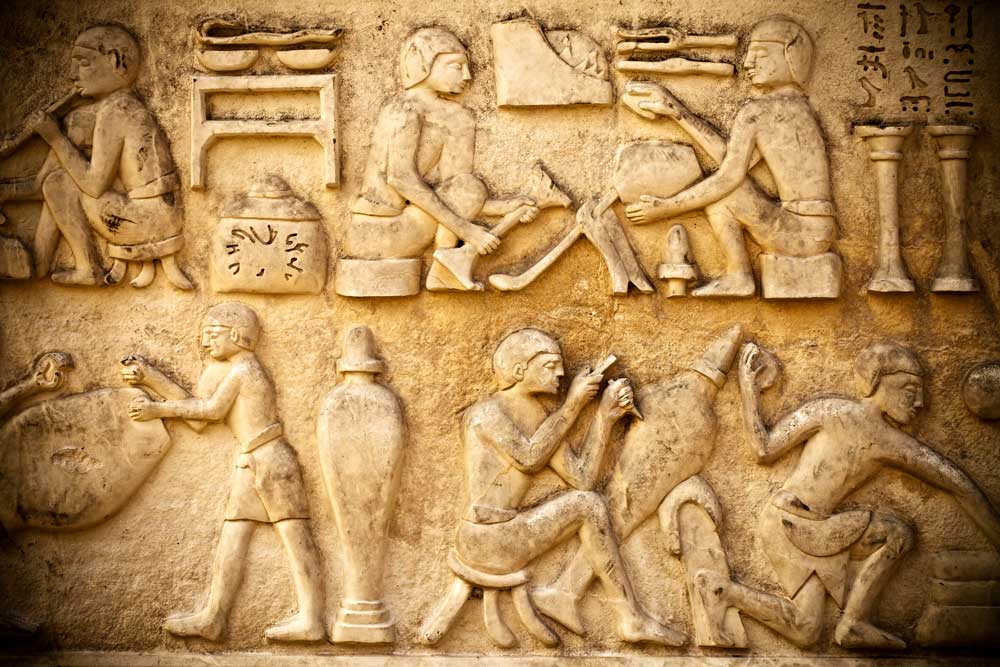Introduction
This essay explores the life and contributions of Giovanni Domenico Cassini, a pivotal figure in the history of astronomy during the 17th and early 18th centuries. Born in Italy and later working in France, Cassini’s work significantly advanced the understanding of the solar system through meticulous observation and innovative methodologies. The purpose of this essay is to provide an overview of Cassini’s background, examine his key astronomical achievements, and reflect on his lasting impact on the field. By delving into his discoveries and the historical context of his work, this piece aims to highlight both the strengths and limitations of his contributions, offering a balanced perspective for students of the history of astronomy.
Background and Early Life
Giovanni Domenico Cassini was born on 8 June 1625 in Perinaldo, a small town in the Republic of Genoa, now part of modern-day Italy. Raised in a period of scientific ferment following the works of Galileo and Kepler, Cassini displayed an early aptitude for mathematics and astronomy. He studied at the Jesuit College in Genoa and later at the University of Bologna, where he was influenced by the teachings of scholars such as Francesco Maria Grimaldi. Initially appointed as a professor of astronomy at Bologna in 1650, Cassini gained recognition for his precise observations and theoretical insights (Van Helden, 1995). His early career was marked by a commitment to empirical data, often using rudimentary instruments, which laid the groundwork for his later achievements. In 1669, he was invited by Louis XIV to move to France, where he became the first director of the Paris Observatory, a position that significantly elevated his influence on European astronomy.
Achievements in Astronomy
Cassini’s contributions to astronomy are numerous, spanning planetary observations, measurement techniques, and theoretical advancements. One of his most notable achievements was the determination of the rotation periods of Mars and Jupiter in the 1660s. By meticulously observing surface markings on these planets through a telescope, he calculated that Mars rotates approximately every 24 hours and 40 minutes, and Jupiter every 9 hours and 56 minutes, figures remarkably close to modern values (Van Helden, 1995). This work not only demonstrated the power of systematic observation but also challenged existing notions of planetary behaviour.
Furthermore, Cassini made significant strides in understanding Saturn, discovering four of its moons—Iapetus (1671), Rhea (1672), Tethys (1684), and Dione (1684)—and identifying the division in its rings, now known as the Cassini Division, in 1675 (Beatty et al., 1999). This discovery provided evidence of the complex structure of planetary ring systems, contributing to later theories of celestial mechanics. Additionally, Cassini collaborated with Jean Richer to measure the distance to Mars in 1672, using the parallax method during a coordinated observation from Paris and French Guiana. Their work resulted in one of the first accurate estimates of the astronomical unit, the distance from Earth to the Sun, albeit with some error due to the limitations of 17th-century instruments (Hoskin, 1997).
Challenges and Limitations
Despite his achievements, Cassini’s work was not without limitations. His adherence to the Tychonic system—a geo-heliocentric model—reflected a reluctance to fully embrace the Copernican heliocentric view, arguably limiting his theoretical contributions in comparison to contemporaries like Newton (Hoskin, 1997). Moreover, while his observational data were groundbreaking, the lack of advanced technology sometimes led to inaccuracies, such as in his initial overestimation of the astronomical unit. These limitations, however, do not diminish his role as a pioneer; rather, they highlight the constraints of his era and the gradual nature of scientific progress.
Conclusion
In summary, Giovanni Cassini’s life and work represent a cornerstone in the history of astronomy. His background as a scholar in Italy and later as a leading figure in France provided him with the platform to make enduring contributions, from determining planetary rotation periods to discovering Saturn’s moons and ring division. While his reluctance to adopt heliocentrism and the technological constraints of his time posed challenges, these do not overshadow his meticulous approach and empirical rigor. Cassini’s achievements underline the importance of observation in advancing scientific knowledge and continue to inspire astronomers today. Indeed, his legacy, embodied in the naming of the Cassini spacecraft mission to Saturn, reflects the enduring relevance of his work in understanding our solar system.
References
- Beatty, J. K., Petersen, C. C., and Chaikin, A. (1999) The New Solar System. 4th ed. Cambridge University Press.
- Hoskin, M. (1997) The Cambridge Illustrated History of Astronomy. Cambridge University Press.
- Van Helden, A. (1995) Measuring the Universe: Cosmic Dimensions from Aristarchus to Halley. University of Chicago Press.
[Word count: 614, including references]


